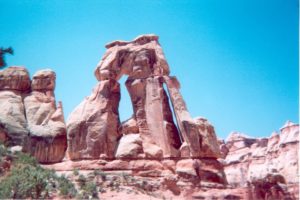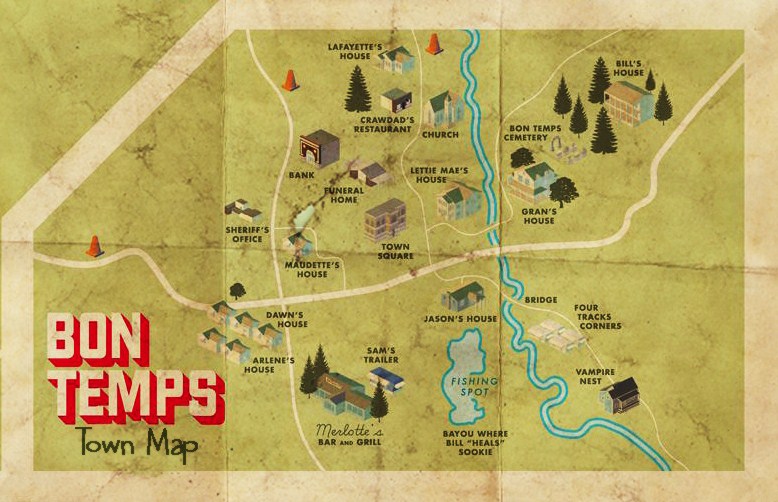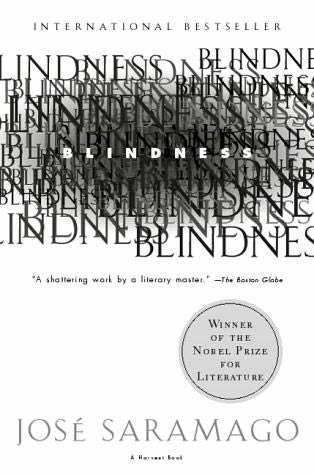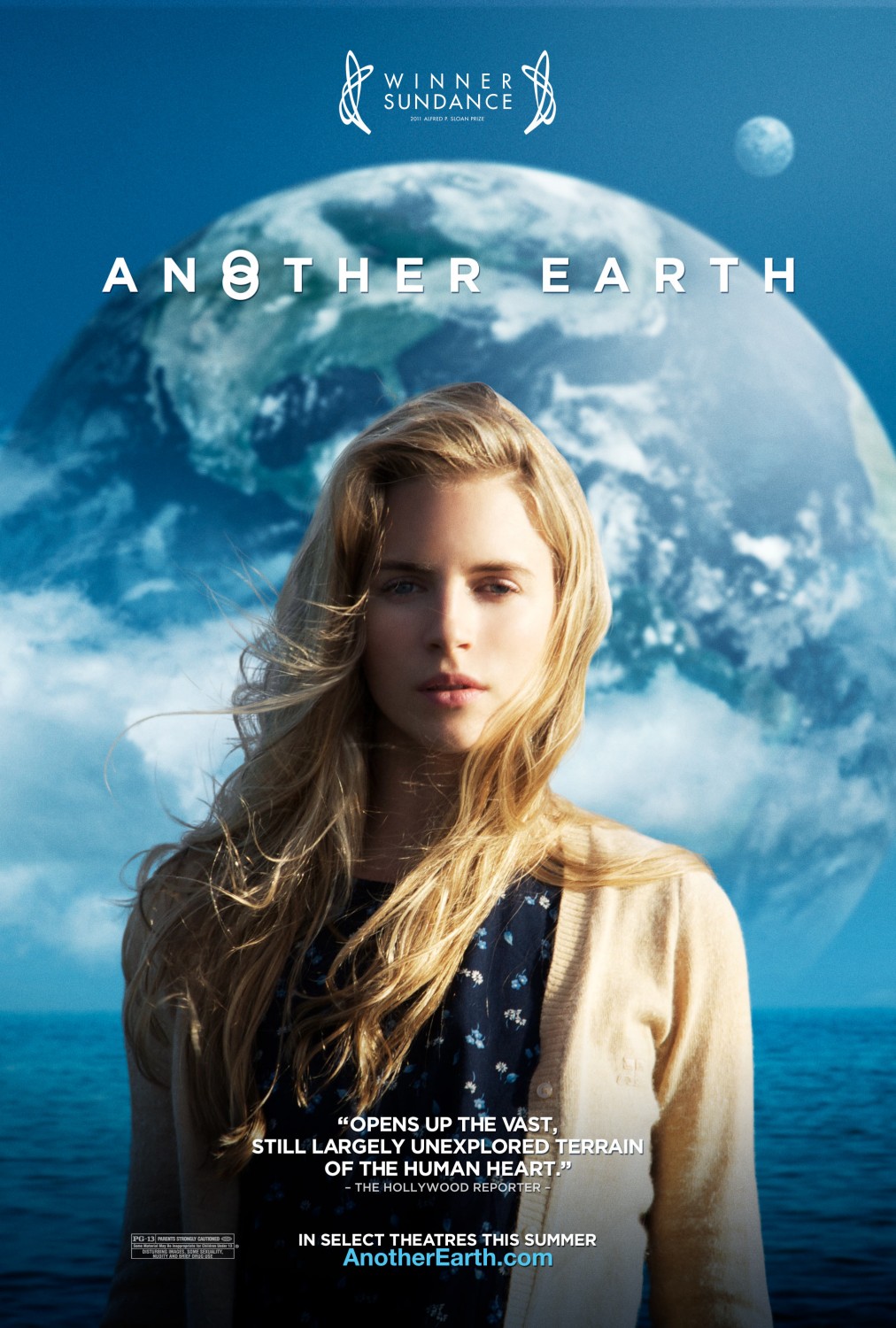As was mentioned in Greg’s introduction post for this month, the setting is one of the major elements every writer must work out during their story building process. I feel this task is even more critical for a fantasy writer like myself, and I’ll be using my first of two posts this month to illustrate that point further. Normally I also like to use the first paragraph of my posts to work in a silly pun about the month’s theme, but I’ll be setting aside that goal this time.
While even the most basic story will usually require a setting, I find that fantasy stories push those requirements much higher than average. There is the secondary world component to consider, if your heroes and villains exist in the Kingdom of a Thousand Mists, that setting will require more work than if they existed in Detroit. More importantly, fantasy often has a strong movement element in the story. The setting choices you make to portray that movement can do a lot more for you as a writer than just world build.
My current project is a fantasy trilogy that is set both in the Himalayas as well as multiple versions of that same setting, the same region represented in alternate worlds. I made decisions about how to represent each of those areas not just based on what I needed for the plot elements of the story, but also for what I wanted to reflect in the characters.
The first ‘Everest’ is the real one, albeit in 1950. At this point the main characters are untried, both of them unconfident and damaged by events in the real world. In climbing Everest, they encounter snow, ice and altitude as you would expect. I chose to emphasize how isolating the cold was though, with huge snow drifts that blocked their vision and towering ice pillars that threatened their path.
For the second version, I was taking one of my characters on a coming-of-age journey where she discovers that life isn’t always the fairy tale of adventure she wants it to be. Again I used the setting to help subtly communicate this progression to the reader. Initially the world she finds is green and lush, with sweeping vistas and sun dappled seas. As the story starts to darken, the world does as well. The seas turn choppy and storm filled, she ends up in a hot dry desert and so forth. When she returns to the picturesque land, she had changed from her journey and the land has too. The beautiful landscapes are still there, but they are tinged with gray now, the grass still green but not as lush.
With all the movement that is common in fantasy, you will find yourself creating a lot of different settings to help build your world and convey all that motion. Don’t forget that those settings are also a great opportunity to set tone and say something about the emotional journey your characters are on rather than just the physical one.
See you next time!








